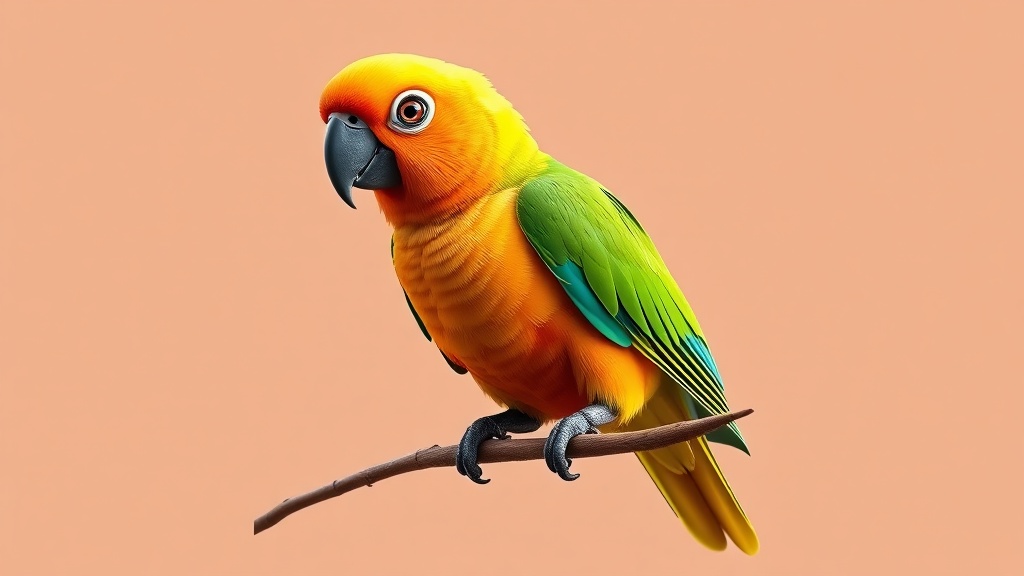Home / Environment / Endangered Parrots Brave Perilous Journey to Breed in Tasmania
Endangered Parrots Brave Perilous Journey to Breed in Tasmania
10 Oct
Summary
- Orange-bellied parrots, a critically endangered species, arrive at their sole wild breeding site in Tasmania
- Population has gradually increased from just 17 in 2016 to 172 in 2025, thanks to captive breeding programs
- Proposed windfarm on the parrots' migratory path raises concerns about their survival

As of October 10th, 2025, a glimmer of hope has emerged for one of Australia's most critically endangered bird species. The orange-bellied parrots have begun arriving at Melaleuca, their sole wild breeding site in Tasmania's southwestern world heritage area, after making the perilous weeks-long journey from the mainland.
The population of these tiny, vibrant birds has gradually increased in recent years, rising from a catastrophic low of just 17 in 2016 to 172 by the time of their spring northern migration in 2025. This recovery is largely thanks to captive breeding programs, including a $2.5 million facility operated by the Tasmanian government.
However, the parrots' future remains uncertain. Researchers have a limited understanding of the threats they face after leaving Melaleuca, and a contentious new windfarm planned for the birds' migratory path raises serious concerns. The federal government has approved the Robbins Island windfarm project, despite warnings from experts that it could devastate the already fragile orange-bellied parrot population.
As the parrots settle in to breed over the coming weeks, scientists and volunteers dedicated to saving the species will anxiously await the results of the annual census, hoping the population continues to grow and that the windfarm can be managed to minimize the risk. For now, even a fleeting glimpse of these vibrant, endangered birds is a cherished moment for those working to ensure their survival.




